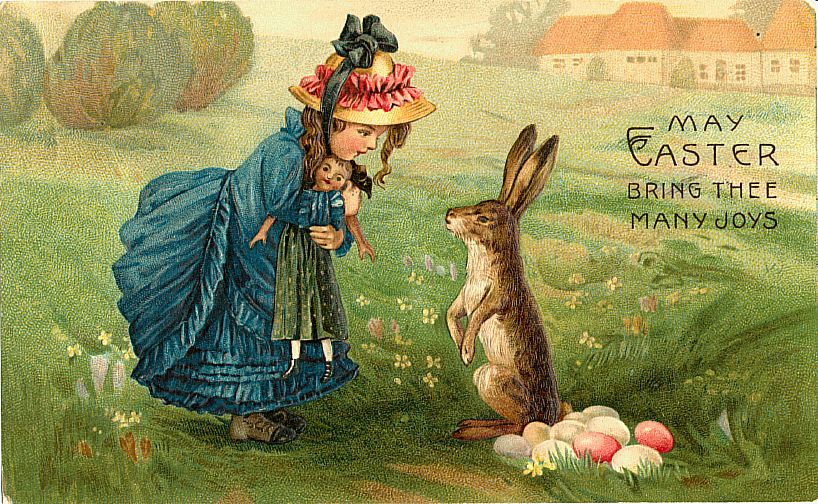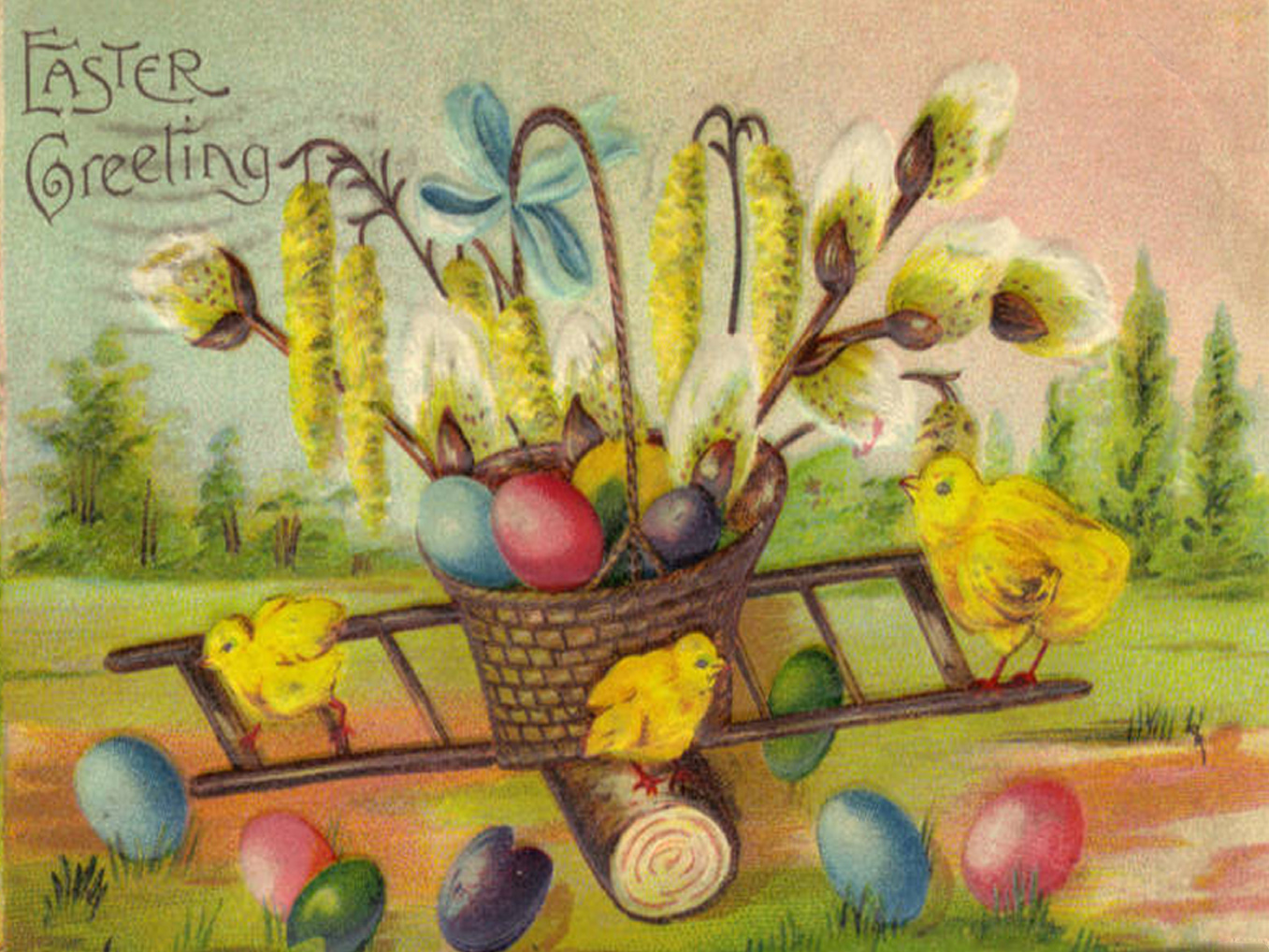Little Tree
By Loren Long
Loren Long’s Little Tree gave me a great idea for a “two fer” for young readers; back to back readings of two “tree” themed books.
The first is Hans Christian Andersen’s classic, called The Fir Tree, and the second, is Loren Long’s Little Tree.
Both are stories with a surface tale to tell, but with deeper meanings both you and your young reader may want to talk over, or they may simply intuit on their own.
Trees have always appeared to me as symbols of strength, growth and adaptability to change. They go with the flow, so to speak. Most change with the seasons and take what comes…gently.
These two authors appear to depict opposite ways of a tree looking at adaptability to change. And there are truly wonderful lessons to be learned in both books!
In The Fir Tree, readers meet a small fir tree in a fresh forest awash with stately firs, towering tall over him. He can’t wait to be as they are. But their fate, and use, is to be chopped down and carted off to be the masts of tall ships.
The sun and wind admonish him to rejoice in his youth, his fresh growth and in the young life in him. Does the tree listen? Nope! He wants more… the next big thing. Perhaps, Mr. Andersen was keying in to the impatience of youth? Can’t you hear those voices?
I’ll be happy when… I can stay up late…have a two wheeler…have a sleepover… go to the mall or the movies alone… drive a car… go to high school… go to college… live on my own!
Sound familiar, parents? Well, some maybe not quite yet.
Yet, a passing bird tells the fir tree of a glorious future awaiting decorated trees in a households that he has seen.
The tale unfolds of the fir tree experiencing being felled as a Christmas tree, the excitement and moment of splendor on Christmas Eve as candles glow on his branches, and later he is pillaged of the gifts that fill his branches.
He sadly thinks there are more moments such as these to come, as he ponders his future, and unceremoniously stuffed in a garret.
Yet even here, he is hopeful entertaining the passing parades of mice and rats that listen to his retelling of the tale of Humpty Dumpty, he first heard on Christmas Eve.
What’s next? That seems to be his constant topic of conversation, and sadly the reader knows what’s next for all Christmas trees past their expiration dates!
Savor the moment seems to be the message here; revel in it, bathe in its beauty, and do not wish it too soon gone. For it will never come again. How do we teach our children to embrace and value the now? Just maybe with books such as these!
These are pretty sobering thoughts for a picture book, no? But then, the truly great authors both entertain and enlighten.
Loren Long’s Little Tree takes an entirely different tack:
“Life is perfect just the way it is.”
He loves those leaves that cool him in the summer’s heat, and as the autumn winds ruffle his leaves, and those of the towering trees in the forest that surround him, he will not let go of his browned and dried up leaves.
The other trees surrender effortlessly to the harsher winds of the coming winter that strip the leaves bare. But not Little Tree.
Then one by one, the trees began to
drop their leaves. But not Little Tree.
He just hugged his leaves tighter.
A squirrel, passing doe and red fox query Little Tree as to “What are you doing with your leaves still on you?” His answer is a tighter grip on what he knows. And the pattern continues as the seasons come and go.
All around him, trees of his original height are now burgeoning with new altitudes and lofty with leaves. But not Little Tree. He is safe and …stuck where is in his comfort zone, clinging tighter as successive season pass.
At last, one winter, with snow falling in buckets, he looks at the trees, bare limbed that were once his size, now dwarfing him. And he gets it and lets go of his leaves.
Loren Long has written a simple parable about a number of things, and perhaps among them are:
Let nature take its course. She’s a great teacher.
Don’t be afraid of the unknown.
Too much stubbornness stunts growth.
It takes courage to let go of what
we know.. to find what we need.
Time, acceptance and love can be the great healers and facilitators of growth in us as well.
Even though Little Tree feels the harshness of winter minus his leaves, over time
…something happened.
And hopefully, that something will resonate through the growth cycles of young readers in your own life, as it does wonderfully in the life lessons taught by Loren Long’s Little Tree and The Fir Tree by Hans Christian Andersen.
Growing, whether in child or tree, is a journey and a gift. Sometimes we want to stay where we are because it’s safe.
Children need to sense and savor that fully as it fills them with security, to be sure. And maybe it even works for us for a time.
But, we will never know how far we can journey, if we stay where we are.
Add a Comment




